On September 13, 2022, the winners of the 9th China Conference on Sound and Music Technology (CSMT2021) in the category of Sound Installations and Music Works were announced. Three works by our young teacher Ni Shan won the “Second Prize in Technical Achievement Demonstration”, the “Second Prize in Sound Installations”, and the “Third Prize in Music Works” respectively.

China Conference on Sound and Music Technology (CSMT2021)
The China Conference on Sound and Music Technology is co-sponsored by Shanghai Computer Music Association, Beijing Acoustics Society, Shanghai Computer Society and Shanghai Artificial Intelligence Society, and jointly organized by Zhejiang University and Zhejiang Conservatory of Music. The academic area covers music science and technology and general audio computer hearing, including music acoustics, sound and music signal processing, music AI and many other interdisciplinary research contents of art and technology.
The exhibition of award-winning works of the call for sound installations and music works is one of the key events of the 9th China Conference on Sound and Music Technology (CSMT2021). Its purpose is to encourage the cross-border integration of technology and art, and emphasize the effectiveness of technology in artistic expression. The evaluation team makes a comprehensive evaluation of the entries according to their creativity, feasibility, engineering and technical ability, demonstration effect, artistic appeal and influence.
PART01
Ms. Ni Shan graduated from Wuhan Conservatory of Music in 2011 with a master's degree in electronic music composition under the supervision of Professor Feng Jian, and obtained the dual professional master's degree in composition and art and technology from California Institute of the Arts from 2019 to 2021 under the supervision of Professor Anne LeBaron. During this period, she won many professional awards at home and abroad, and her works have been invited to perform in England, Germany and the United States for many times in the past ten years.
In recent years, Ms. Ni Shan has conducted research on different levels of interaction in multimedia works, including the production of instrument and controller devices for live performance, the design of sound art installations, and the development of graphical composition systems based on creative programming.
Her string ensemble work “9*9” was published online at UCLA and had its world premiere at California Institute of the Arts in October 2019. The interactive music work "Etch" won the third prize in the category of music works at the 2020 China Conference on Sound and Music Technology, and was performed online at the Greece International Performing Arts Forum in the same year. The performance-based music installation work "Mermy" was performed online at the Hot Air International Music Festival of San Francisco Conservatory of Music in March 2021 and performed at the NIME International Conference on New Interfaces in Musical Expressions in June 2021, along with an online exhibition of related technological achievements. Theater installation works "Candle Cage" was exhibited in JACCC Center in Los Angeles and Shanghai Hua Tai Art Museum in 2021 respectively. In addition, Ms. Ni Shan has traveled to England, the United States, Austria, Poland and Germany to perform her works and make academic exchanges.
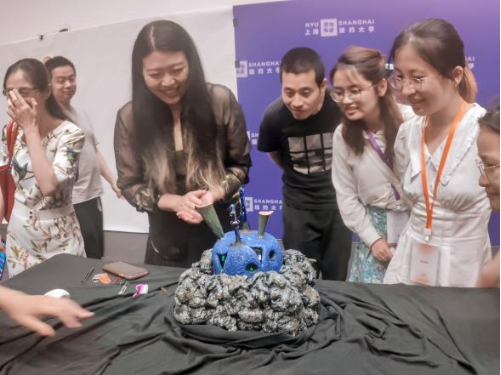
Ms. Ni Shan explained the porcelain electronic instrument "Mermy" to the audience after the performance at NIME2021.
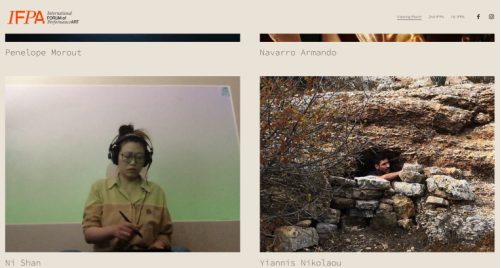
Ms. Ni Shan performed online at the 2020 Greece International Performing Arts Forum
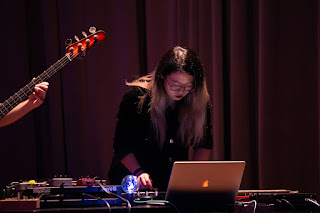
Impromptu performance at concert of California Academy of Arts in 2020
PART02
In addition to creation and research, Ms. Ni Shan also actively guides students in their art practice activities. In the computer music creation competition of Chinese College Students Computer Design Contest, as their instructor, Zhang Chenwei won the third prize in 2017, Zhou Yiwei and other students won the second prize in 2019 and Zhu Shuwen and other students won the third prize in 2019. Ni Shan also pays great attention to the innovation ability of students. In 2021, Lou Jiaben and other students, under her instruction, won the bronze medal of Hubei main track of higher education in the College Students’ "Internet+" Innovation and Entrepreneurship Competition.
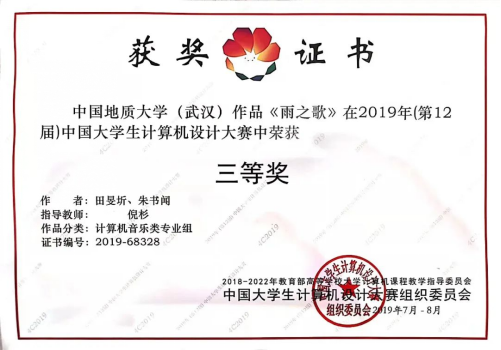
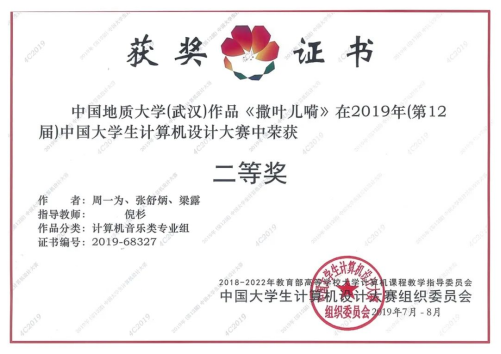

Students under the instruction of Ms. Ni Shan received awards in computer design competition
PART03 Introduction to award-winning works
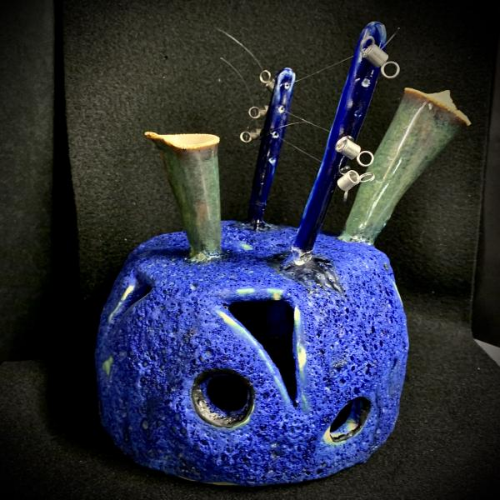
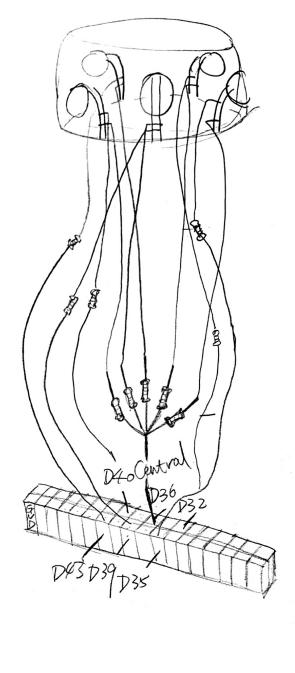
Musical instrument “Mermy”
Second Prize in Technical Achievement Demonstration
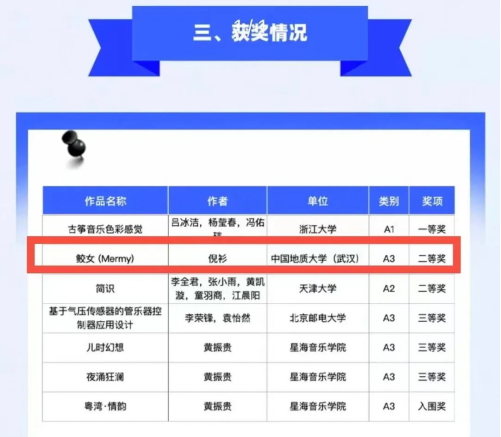
"Mermy" is a porcelain electronic instrument created with the inspiration of a female sea creature. In the performance, the instrument is regarded as a stand-in for the performer and an extension of consciousness. The body of the instrument "Mermy" offers three types of playing possibilities (body instrument, string instrument and wind instrument) and a contact microphone inside the instrument to capture the sound of the instrument for amplification and subsequent processing. The five circular windows of the instrument are covered with conductive pigments, thus transforming it into a capacitive contact sensor that can control the digital processing of audio in real time, as well as the corresponding light induction.
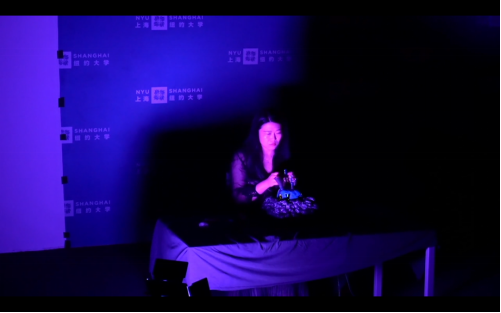
“Sound of Mermy”, the performance title, is performed with the porcelain electronic instrument “Mermy” in a semi-improvised manner. The subtle, delicate and intimate interaction between the performer and the instrument adds a sense of immersion and ritual to the work, depicting a mysterious realm.
“Sound of Mermy”
Second Prize in B Sound Installations
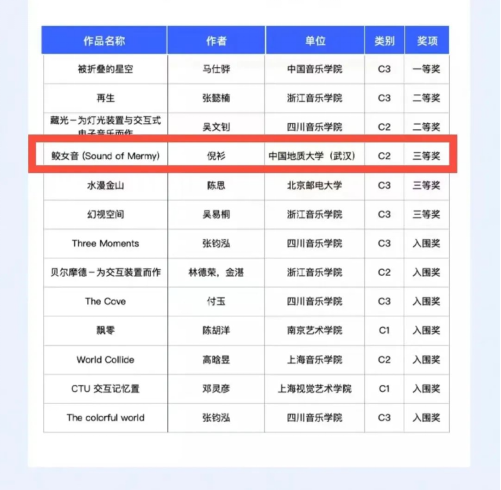
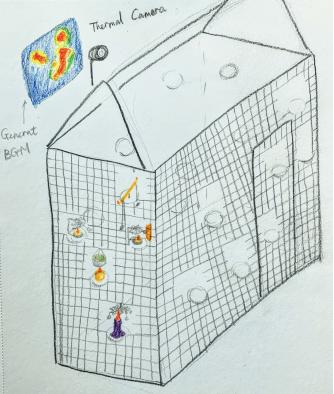
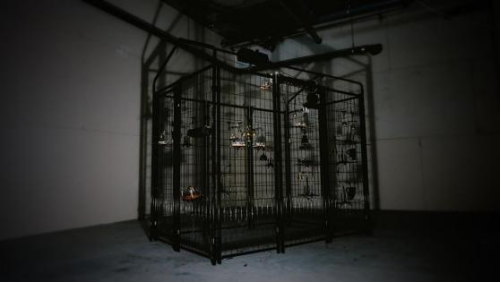
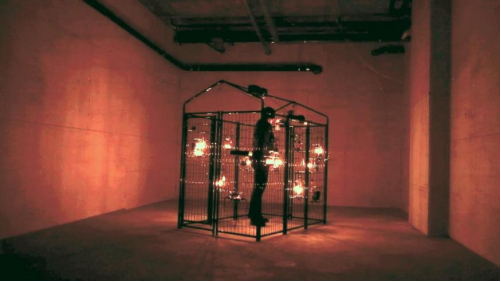
CandleCage
Third Prize in C Music Works
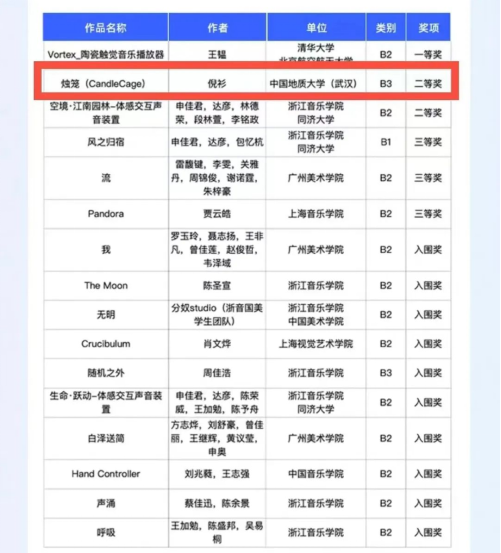
“CandleCage” is a theatrical performance-type installation, which takes a cage as an independent stage to convey the perpetual repression and hope felt as a woman. The sound content of the mini instruments placed in various parts of the cage mainly comes from the experiment of several sound production methods, which can stimulate different timbres by combining the materials of the objects. On this basis, the shape of the instrument is designed mainly based on compositional considerations, attempting to create constantly changing combinations of multiple rhythmic patterns. With adjustments in performance, it can also control the frequency and dynamics, etc.